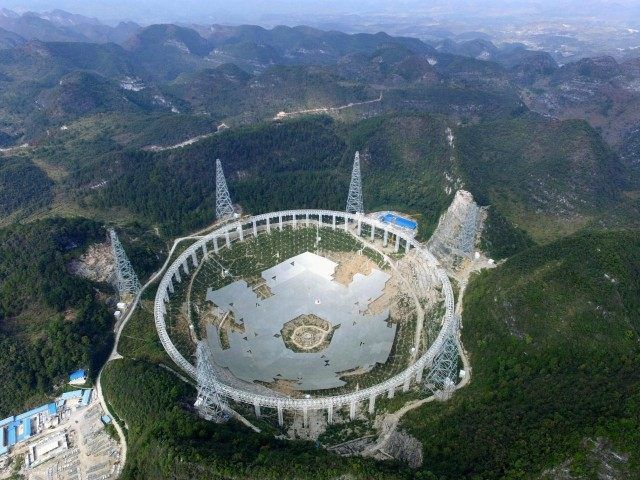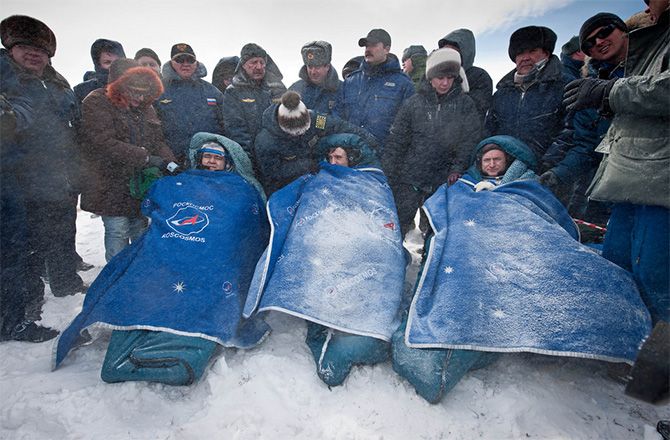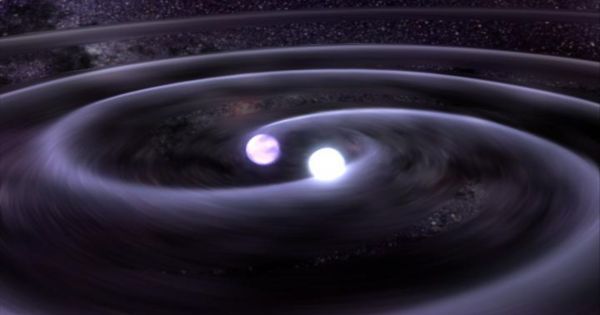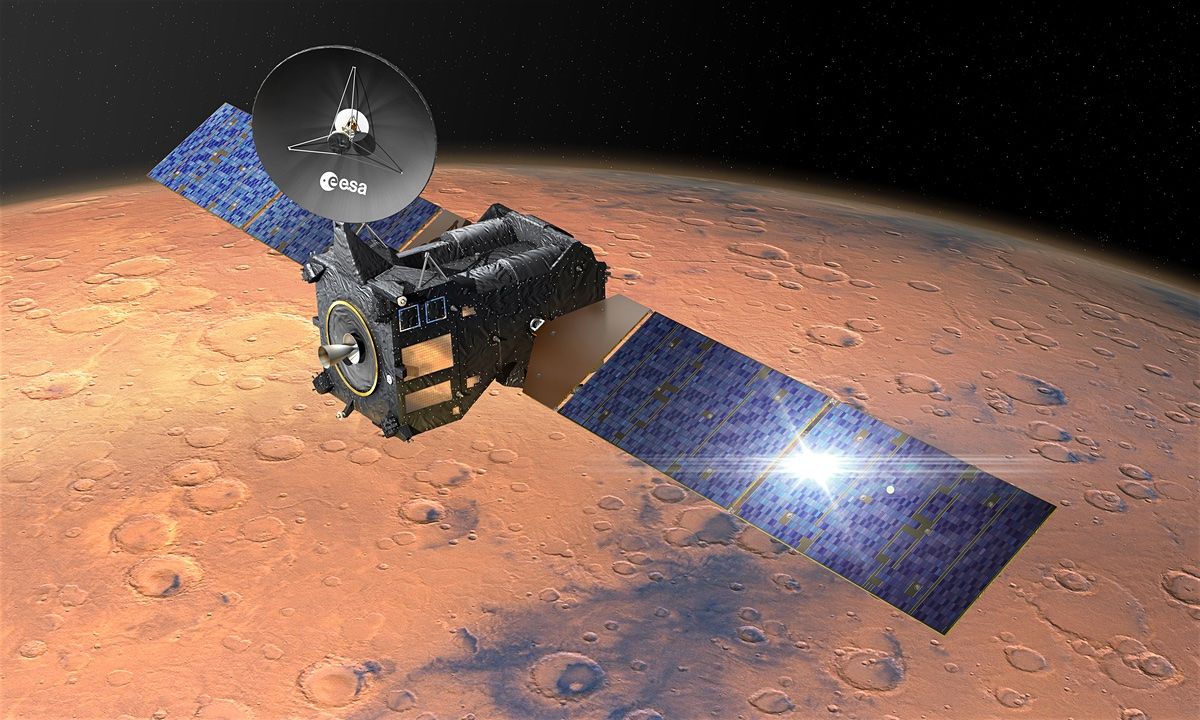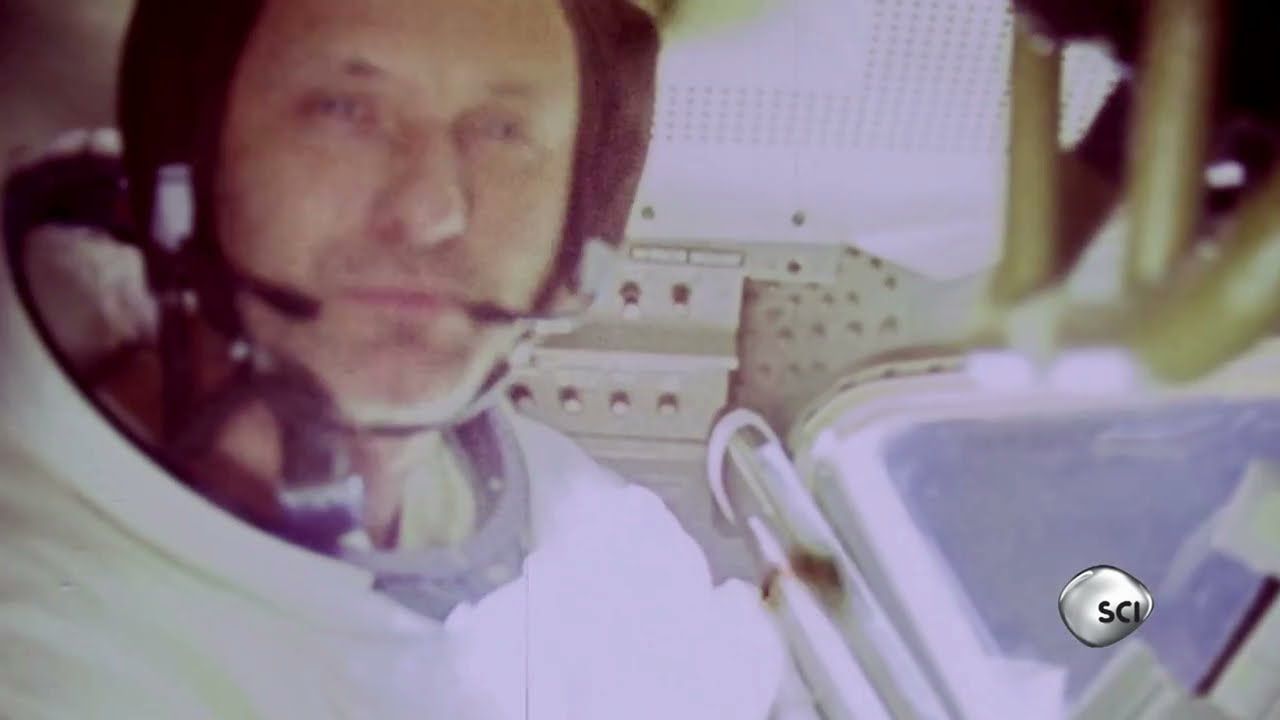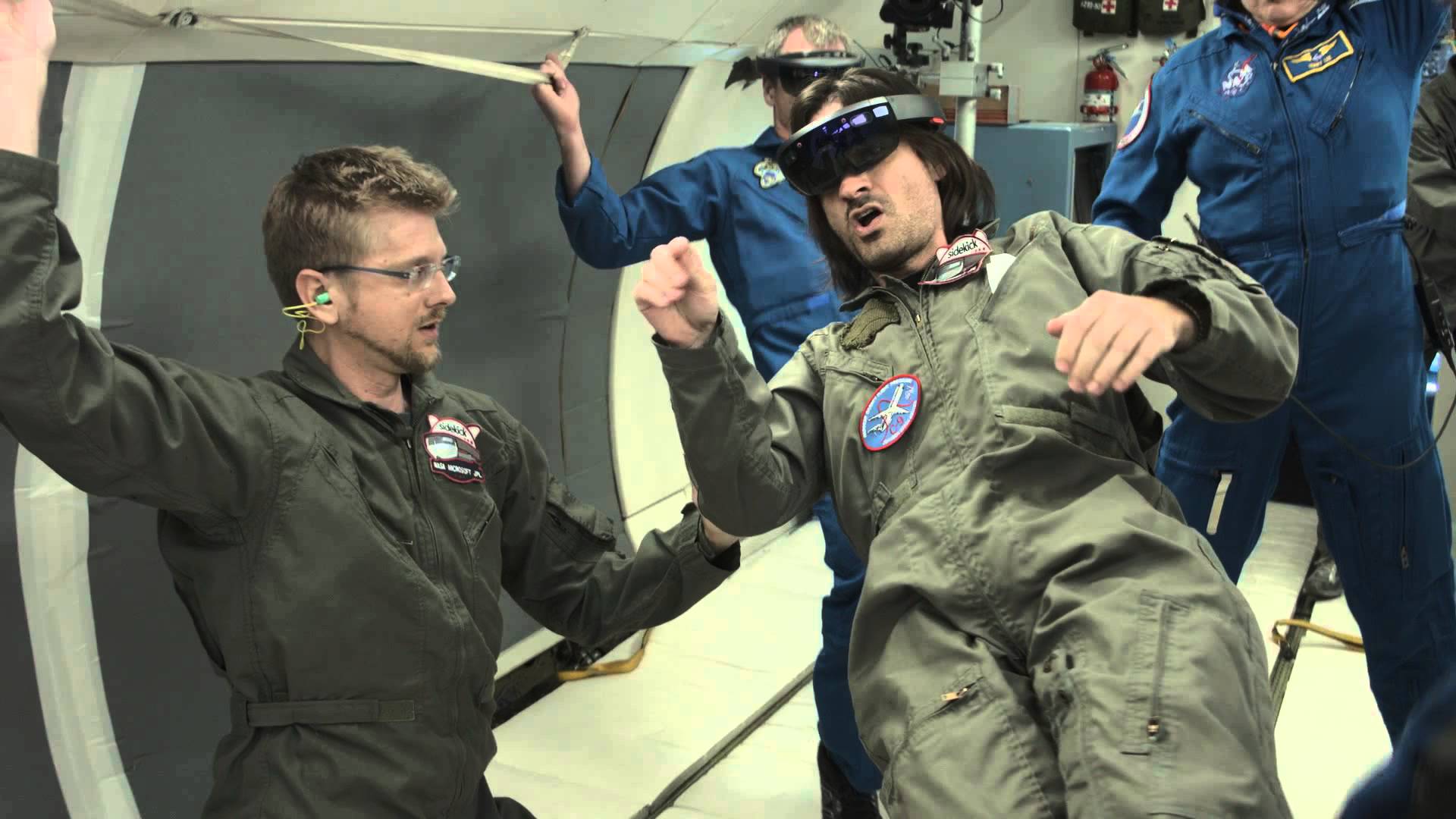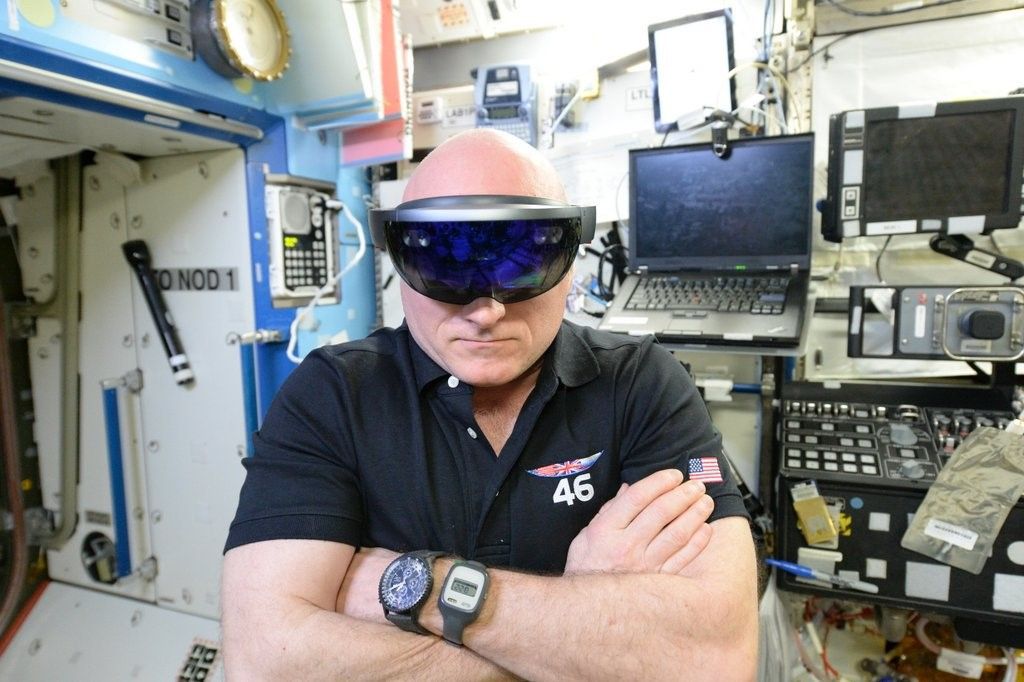Astronomers have found an extraordinary trail of gas greater than 300,000 light years across originating from a nearby galaxy called NGC 4569, according to a report in Astronomy & Astrophysics.
The tail is comprised of hydrogen gas, the material new stars are born from, and is five times longer than the galaxy itself.

